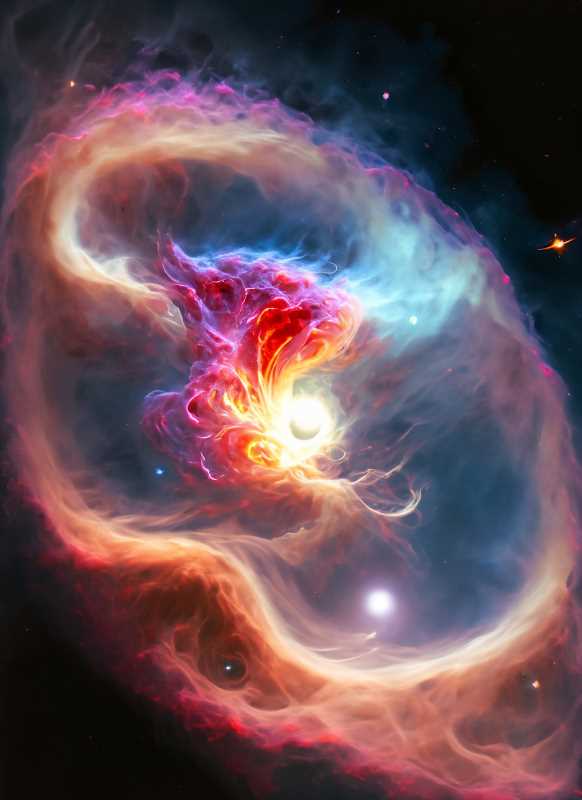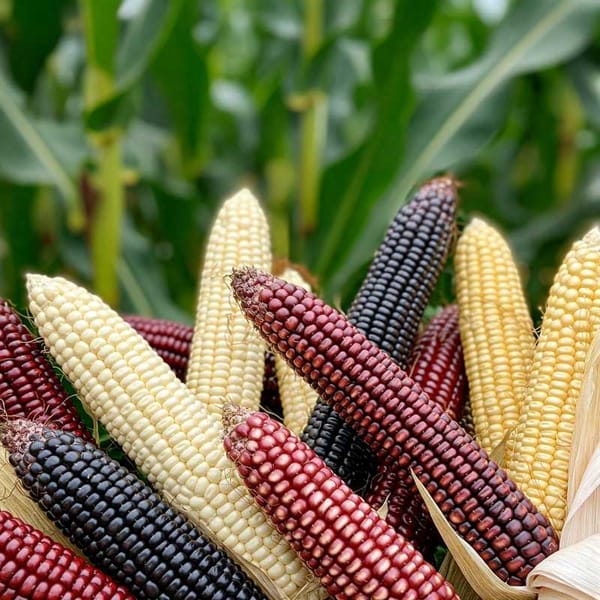How Planetary Nebulae Turn Stardust into Life Ingredients
Planetary nebulae are not just cosmic eye candy; they're essential components in the life cycle of stars and the universe's grand composition. When you gaze up at the night sky, remember—you're a part of this cosmic story.

Planetary nebulae are beyond beautiful smears of color and light suspended in the vast cosmic arena; they are crucibles of creation and transformation. While not directly related to planets, these celestial phenomena play a critical role in the lifecycle of stars and, by extension, the very composition of the Universe. But what are planetary nebulae, and why should we include them—and their more explosive counterparts, supernovae—in our cosmic family trees? Let's delve into the science behind these mysterious wonders.
When a star like our Sun is born, it carries a specific mass—measured in terms of solar masses, where one solar mass is the mass of our Sun. Planetary nebulae are associated with stars whose initial mass ranges between one and eight solar masses. These stars go through several stages in their lifecycles, from the early days of nuclear fusion to the red giant stage, where they expand to enormous sizes.
However, the red giant phase is not the end of the line. The star transitions yet again, this time shrinking down to become a white dwarf. The pioneering Indian-American astrophysicist Subrahmanyan Chandrasekhar posited that for a star to become a stable white dwarf, its mass must be less than 1.4 solar masses. The bulk of white dwarfs actually have a mass between 0.5 and 0.7 solar masses. But where does the rest of the star's mass go?
As a star evolves from the red giant stage to the white dwarf stage, it sheds part of its mass into the surrounding space. This ejected matter takes the form of gas envelopes, or planetary nebulae. This phenomenon isn't just a spectacular cosmic firework; it is an essential process for the star's transition and for the enrichment of the Universe.

Enriching the Universe
Planetary nebulae are not mere waste products; they are essential contributors to the makeup of the Universe. They enrich the interstellar medium—the matter that exists in the space between stars—with elements like carbon, nitrogen, and helium.
The Universe itself has been an incredible alchemist. During its early moments, specifically the first four minutes after the Big Bang, the Universe was a hotbed of elemental transformation, turning lighter elements into heavier ones. Stars have picked up where the Universe left off, continuing the transmutation of elements.
When we ponder our origins and the components that make up our bodies, we often look at our biological family trees. However, this perspective is somewhat limited. The carbon in your cells, the nitrogen in your DNA, and the oxygen you breathe—these elements were once part of a star that lived and died billions of years ago. In a poetic sense, planetary nebulae and supernovae are distant relatives in our cosmic lineage, responsible for the production of the heavy elements that are integral to our very existence.
So, the next time you look up at the night sky, remember that you are not just a spectator of the Universe. You are a part of it, born from the very elements that once glowed in the heart of a star. Planetary nebulae are not just breathtaking celestial objects; they are monuments to the cyclical nature of cosmic life and death, the universal alchemy that brings stars, planets, and ultimately, life itself into being.
In-Text Citation: ‘Evolución de La Composición Química Del Universo’. Revista de La Universidad de México, https://www.revistadelauniversidad.mx/articles/84f43983-4ac5-4e19-90ea-ecfafd73f26e/evolucion-de-la-composicion-quimica-del-universo. Accessed 14 Sept. 2023.




